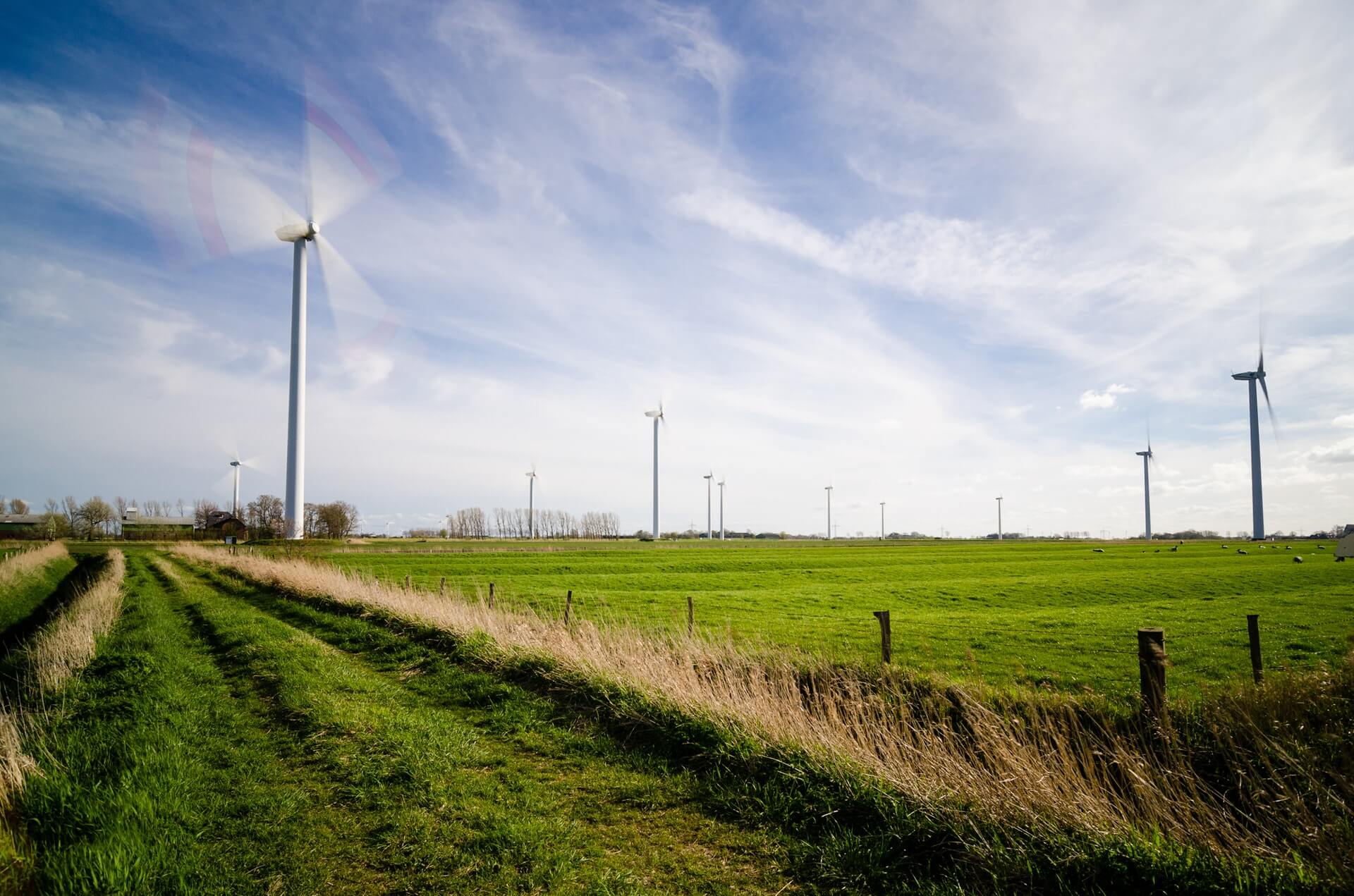The creation of jobs in the US is staged by diverse activities in the country; however, the renewable energy sector has shown an impressive result. The renewable energy sector fronts with a growth rate of 12% faster in comparison to other sectors. “Solar and wind jobs have grown at rates of about 20% annually in recent years, and sustainability now collectively depicts four to four and a half million jobs in the US., up from 3.4 million in 2011”, reported the Environmental Defense Fund Climate Crops Programme.

It added that “renewable energy has seen rapid growth over the years, driven largely by significant reductions in manufacturing and installation costs. Builders developers and owners have been fueled by state and local building efficiency policies and incentives” The US Energy and Employment Report USEER indicated that the renewable energy sector supported 677,544 jobs in the year 2016. this was a significant 6 percent increase from 2015 as shown in the findings of the International Renewable Energy Agency IRENA. When combined the indirect and direct employment the number increased to 769000.
Hydropower
It directly supports over 65000 jobs both in traditional hydropower and the low-impact hydroelectric sector. These jobs included operational, and maintenance positions, upgrade projects, and short-term constructions.
Solar
According to the USEER report, the solar energy industry platform created around 373100 jobs which are distributed into installation, support services, and manufacturing operations. The Solar Foundation annual report stated that “the solar industry provides a total of 260,077 jobs, distributed across all 50 states”. Wind This sector provided 101738 jobs in 2016as reported by both the USEER and the American wind energy industry.
This was a 20 percent increase from the previous year 2014-205. The Bureau of Labor Statistics identified the wind turbine servicing subsector as the fastest-growing sector in creating job opportunities.
Biomass
The US biomass power industry offered 117890 jobs to Americans; biomass electric power supports roughly 7000 jobs, and solid biomass conversion to energy employs approximately 15200 workers directly and indirectly. Solid biomass is a composition of coal, wood, agricultural residues, and animal waste. The Biomass Power Association reported that over 15000 American biomass energy employees worked in power generating facilities. Biogas Based on the findings of the American Biogas Council, the biogas energy industry in 2015 supported 288000 jobs that were temporary and some permanent.
Geothermal
In 2016 geothermal energy power supported 5768 jobs which encompassed the heating and power sub-sectors. The Geothermal Resource Council and the Geothermal Energy Association found that incorporating geothermal power in 9 western states supports 121000 direct and indirectly. Waste–energy conversion. A report by the Energy Recovery Council in 2016 concluded that the industry offered 5300 direct jobs. These included workers on-site, off-site, and operators. Other jobs were supported during construction, maintenance, and plant operation.
Ethanol
The ethanol sector compounded 23089 jobs according to statistics in 2016. The national biodiesel board concluded that this industry employed an estimated 46500 jobs in imported biodiesels and domestic production operations. Biofuels They are extracted from biomass of wood and cellulosic feedstocks. According to USEER, it offers approximately 30500 jobs. Other jobs are also offered in outside projects enhancing biofuel production.
Ocean waves
Brookings-Battelle Clean Economy database showed that this industry had 371 workers. In a report by Ocean Renewable Energy Coalition, it highlighted the possibility of having 36000 jobs by 2030 in the wave and ocean industry.
The growth rate of renewable energy in comparison to oil
Renewable energy has triumphed on the oil industry based on its growth rates. Through 2040, renewable energy outdoes all the current power sources according to EIA. It concludes that geothermal, solar and wind energy production will fall under a double growth percent in the next two decades.
Cost
Most of the renewable resources are naturally found and require fewer operations to be acquired; they include; biomass, wind, sun, and water. In contrast oil extraction, although it occurs naturally requires high operational costs. This explains why the renewable energy is having a rising growth rate than oil. Duration Oil has had a wide usage in the past years. However, it’s facing a threat of depletion in the future years. This explains its dormancy in the energy sector hence stunting growth. Then renewable resources occur naturally and are renewed time after time which has impacted more development in the industry. The Americans are now into research, operation, and maintenance of all the renewable energies hence its rapid growth. According to a business insider in America in 2013, wind and solar energy were seen to blow other energy sources in the coming years.
Environmental issues Conversion of fossil fuels into energy involves a lot of operations most of which are harmful to the environment. The US campaigns on environment conservation have opted for the use of renewable resources which cause less pollution to the environment. This has led to the decline in growth of the oil sub-sector while inflicting an increased growth of the renewable energy sector.
Effects of renewable energy on the US economy

The renewable energy industry is rapidly growing, and it’s hard to assume its impact to the US economy. Job creation has expanded due to the demand for energy by the increased American population. The workers earn income from the industry which has improved their living standards. The energy sector has influenced an upgrade in the technology sector by reducing operational costs. This is a positive shift in the US economy.
Non-renewable energy is expensive in production costs when being used in various industries. Renewable sources have reduced the cost of production, and maintenance, hence boosting the economy. Dependency of renewable energy for local use creates a negative impact on the US economy in that the government exports to other countries hence no foreign exchange. Geothermal power plant construction requires R&D efforts which require a very high cost during drilling. Solar power facility requires massive land space.
These curbs other land uses which could have hiked the economy. These practices lead to land degradation as well. Biodiesel: USEER incorporates American biodiesel employment with the non-corn ethanol and non-woody biomass areas, totaling 23,088 occupations in Q1 2016. As per IRENA, the U.S. biodiesel segment utilized 49,486 Americans toward the finish of 2015. The National Biodiesel Board found that the household biodiesel straightforwardly gave around 31,000 employees and bolstered an aggregate of more than 62,200 occupations across the country (as of March 2016).
LMC International reasoned that the biodiesel business in the United States utilized a sum of about 47,400 employments (46,500 in household creation operations, and 900 in ventures identifying with imported biodiesel). Advanced Biofuels: USEER found that biofuel generation from woody biomass and cellulosic feedstocks upheld 30,458 direct occupations in Q1 2016. Furthermore, USEER detailed that inexhaustible fuel ventures including woody biomass utilized 18,031 Americans. In 2013, E2 found that best-in-class biofuel organizations announced they were supporting around 4,500 immediate, all-day occupations.


